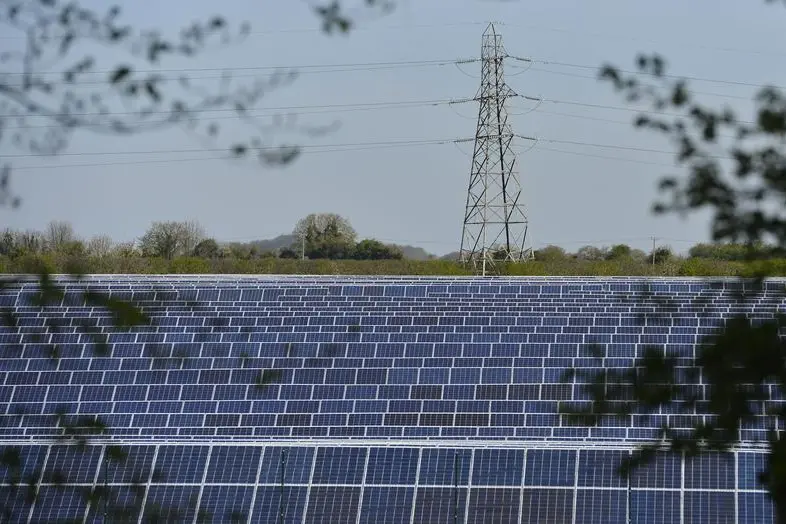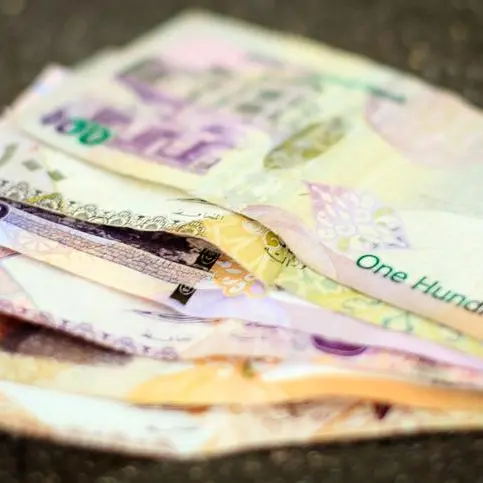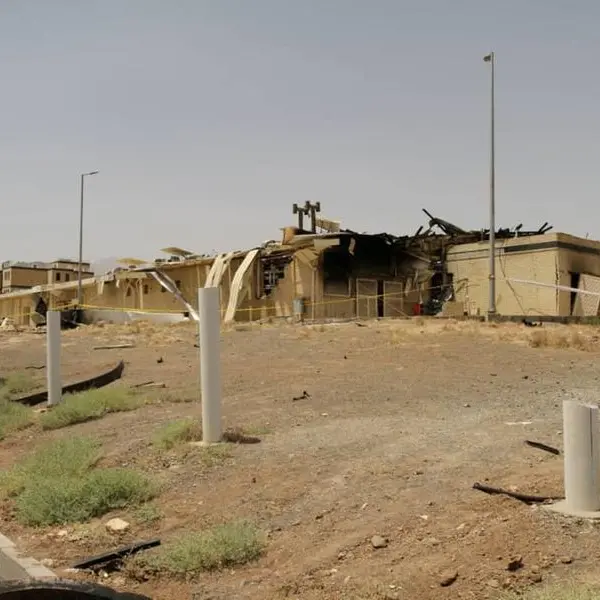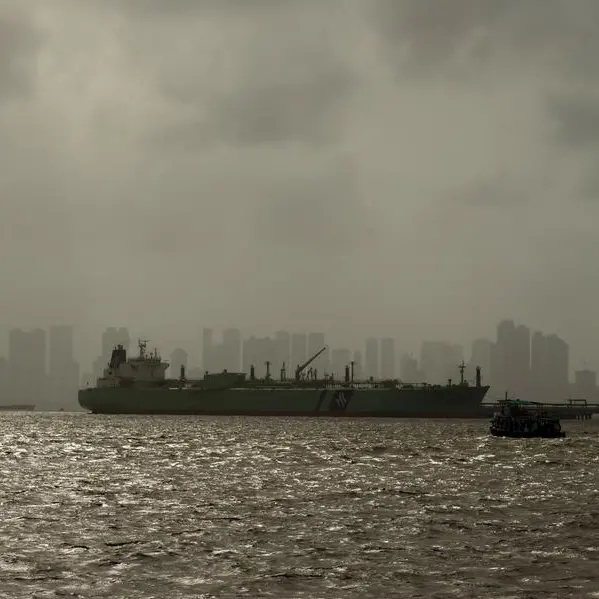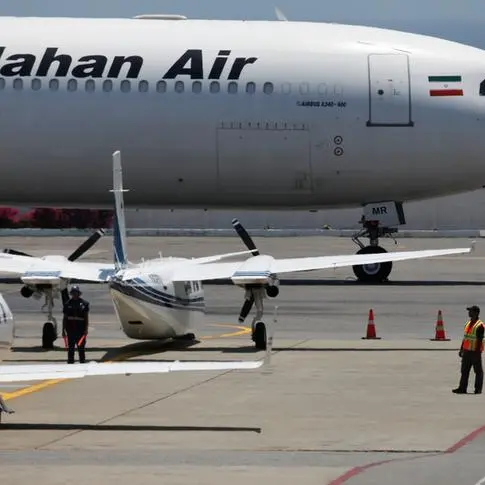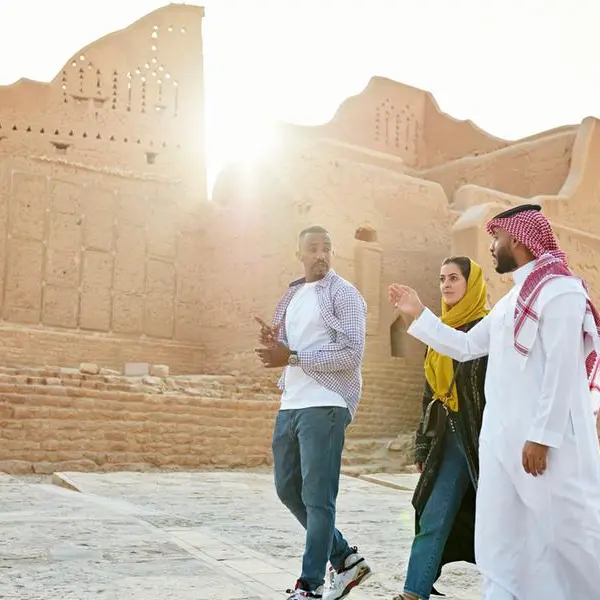PHOTO
Last week's signing of seven renewable energy agreements throws light on the potential of solar and wind energy production in Egypt, writes Sherine Abdel-Razek
The Ministry of Electricity and Renewable Energy(MERE) last week signed seven memoranda of understanding (MOUs) worth $500 million for solar and wind projects in Egypt. The MOUs were signed with companies from Egypt, Saudi Arabia and the United Arab Emirates and will add 320 MW per day to Egypt's power-generating capacity.
The projected solar projects are to be in Binban near Aswan, while the wind farms will be in Zafarana on the Gulf of Suez. All seven projects are to be located on government land.
The agreements lie within the framework of the country's feed-in tariffs (FIT), which allow private producers, whether households or companies, to produce solar energy and sell it to the government to be added to the national grid.
The gathering at which the MOUs were concluded was a trade mission organised by the Middle East Solar Industry Association (MESIA), which brings together representatives of governments, investors, lawmakers, manufacturers and banks to promote the use of solar energy and to increase the number of solar plants in the region.
The new agreements underscore the new interest in a sector that has been neglected for decades, despite the fact that Egypt is in the world's "sun belt" and is ideal for the production of solar energy. Thus far, the country relies on renewable energy for less than one per cent of its energy needs.
But fears that Egypt could face another dark summer as a result of power cuts are making it imperative that alternative energy sources are found. The government announced in October that it wanted to cut the country's reliance on natural gas and fuel oil from almost 89 per cent to 62 per cent by 2020.
By then it projects that the country will have increased its renewable energy capacity to 12 GW from its currently installed capacity of 3.4 GW.
Given the abundance of sun, availability of hydro-electric sites, high wind speeds and the availability of non-arable land, renewable sources of energy have great potential in the Egyptian market, according to a MESIA report on the FIT system in Egypt.
In January, Egypt selected 67 companies to take part in developing some 4.3 GW of renewable energy projects in the country.This was followed by the conclusion of multi-dollar agreements only one month after the Egypt Economic Development Conference (EEDC) held in Sharm El-Sheikh in March.
Saudi Arabia's ACWA Power and Masdar, a clean-energy developer based in Abu Dhabi, together agreed to set up large-scale solar-power capacity in Egypt, while Canadian solar energy giant SkyPower and Bahrain-based solar consortium Terra Sola have signed MOUs with the MERE.
"The potential of the sector is huge. There is a lot of demand and a lot of appetite," said Vahid Futohi, president and founder of MESIA.
"But making use of this requires a lot of coordination between the government bodies involved in order to work together to create a strong association to bring investors to the sector. Lack of coordination is not the only concern of investors. They are also worried about the lack of needed infrastructure," he said.
At the moment, there are not enough transmission lines or power substations to connect solar power plants to the national grid. If an investor builds a solar power plant, it cannot necessarily add electricity to the grid," he added.
"The network is neither strong enough nor big enough for new power plants. It has to be upgraded before these power plants become operational."
The government has taken firm steps and this month they are expected to award a major contract for the construction of four major sub-stations in Benban which will help with the evacuation of the solar power that is being planned for that region, Futohi told the weekly in an over the phone interview.
The government recently secured a LE2 billion loan to develop the distribution grid, but Egypt's lack of foreign currency resources remains a concern. "There are some doubts about the government's ability to pay for solar energy in US dollars," Futohi said.
According to a MESIA report on Egypt's FIT system, more clarity is needed on how currency fluctuations will be managed across the proposed tariffs. The FIT system announced in October 2014 states that the tariffs will be paid in local currency. The MESIA report notes that in other markets agreements in US dollars are more attractive, both to investors and lenders.
Futohi explained that the FIT program is structured whereby 85 per cent of the tariff is paid in pounds but pegged to the dollar. So if the USD-EGP currency exchange shifts, so will the amount that is paid to the developers in pounds. It may go up or down.
Reserves related to tariffs do not end there as there are doubts about the local banks ability to convert those pound-denominated payments into dollars.
"Most of the developers will be borrowing in US dollars and will therefore need dollars to pay for their project debt. " he said.
According to the MESIA report, investors also still need information regarding the power-purchasing agreements and annual capacity targets, and confirmation of whether or not there will be a ceiling on the capacity for each tariff level.
More information on the necessary legislative changes, as well as the needed timeline about land allocation, has yet to be revealed.
According to the FIT regime, land will be allocated to wind and solar energy producers according to usufruct agreements in return for two per cent of the electricity produced. Producers of solar energy will have the right to use the land for 25 years, while wind projects will have 20 years of land use.
Another aspect that needs more clarity is the financing of these projects. While the Ministry of Finance under the FIT system would provide producers of less than 200 kilowatts of renewable energy with soft loans at an interest rate of four per cent, this will increase for larger producers with production of between 200 and 500 kilowatts.
Another concern related to financing is the vagueness of details in the financing arrangements, including the required documentation, the entity responsible for providing loans and the size of the loans.
"The government is working to address these concerns, and information will be released during the next six months," Futohi said.
Investors in renewable energy have long considered the government's heavy subsidies on traditional energy as a factor limiting their potential profits in the sector, as they cannot hope to compete with subsidised prices. However, in July 2014 the cabinet slashed the energy subsidies.
© Al Ahram Weekly 2015
